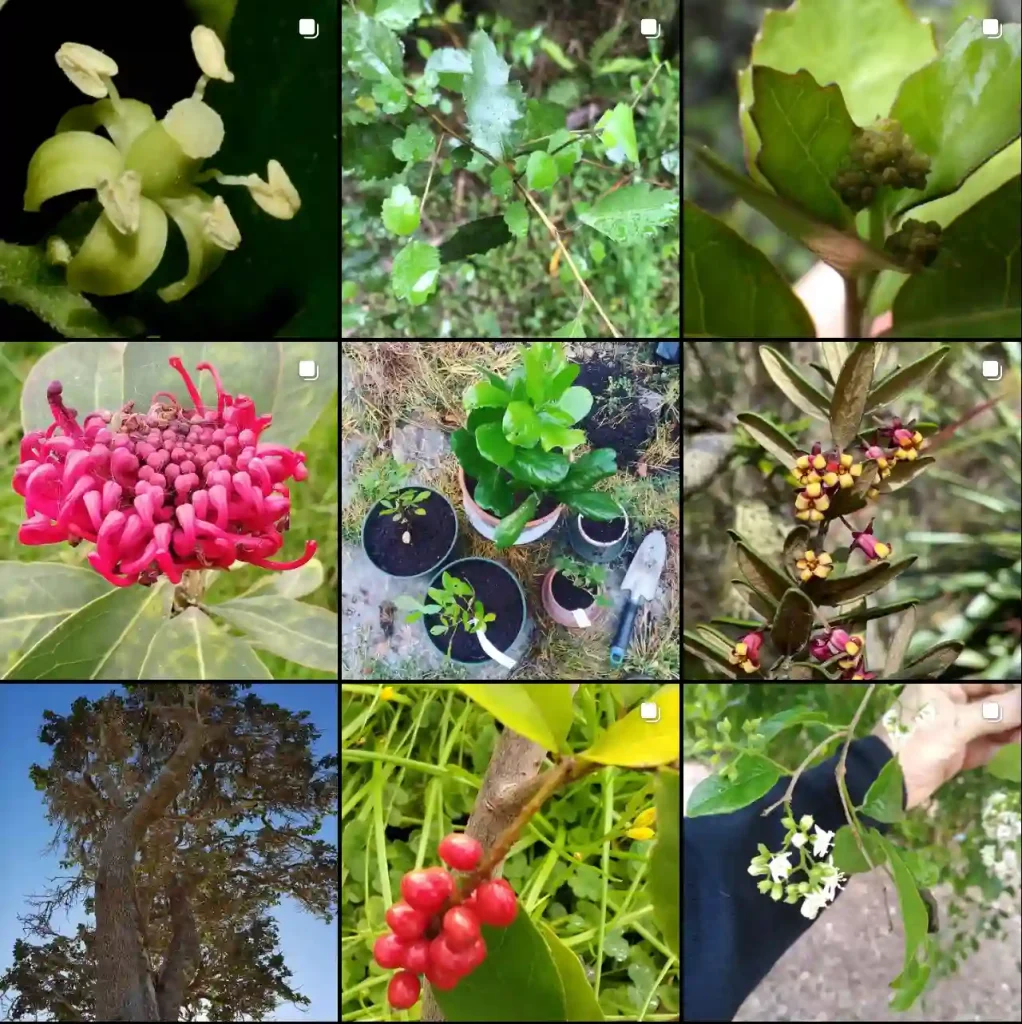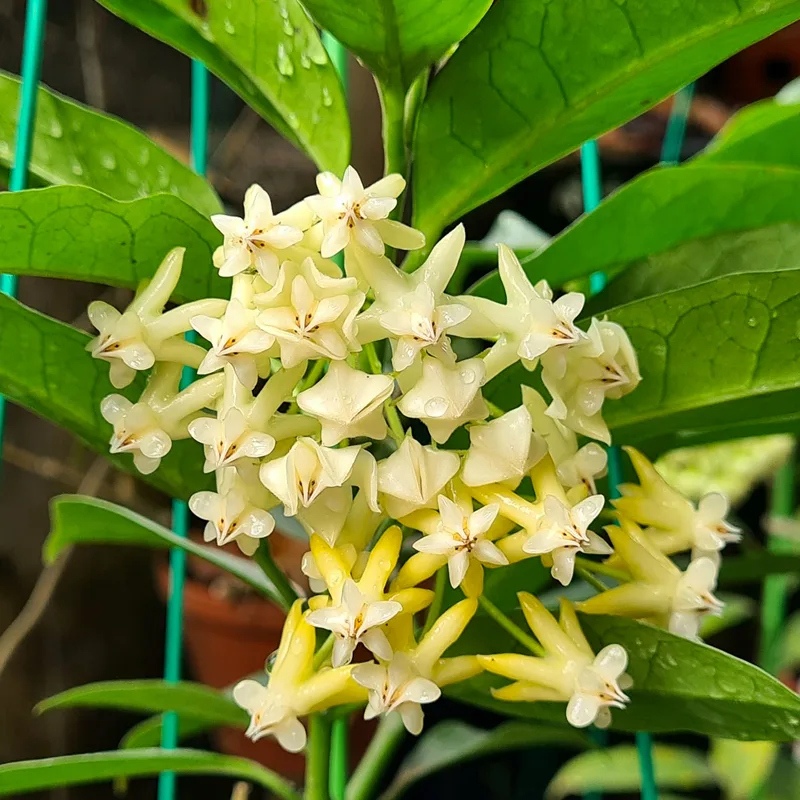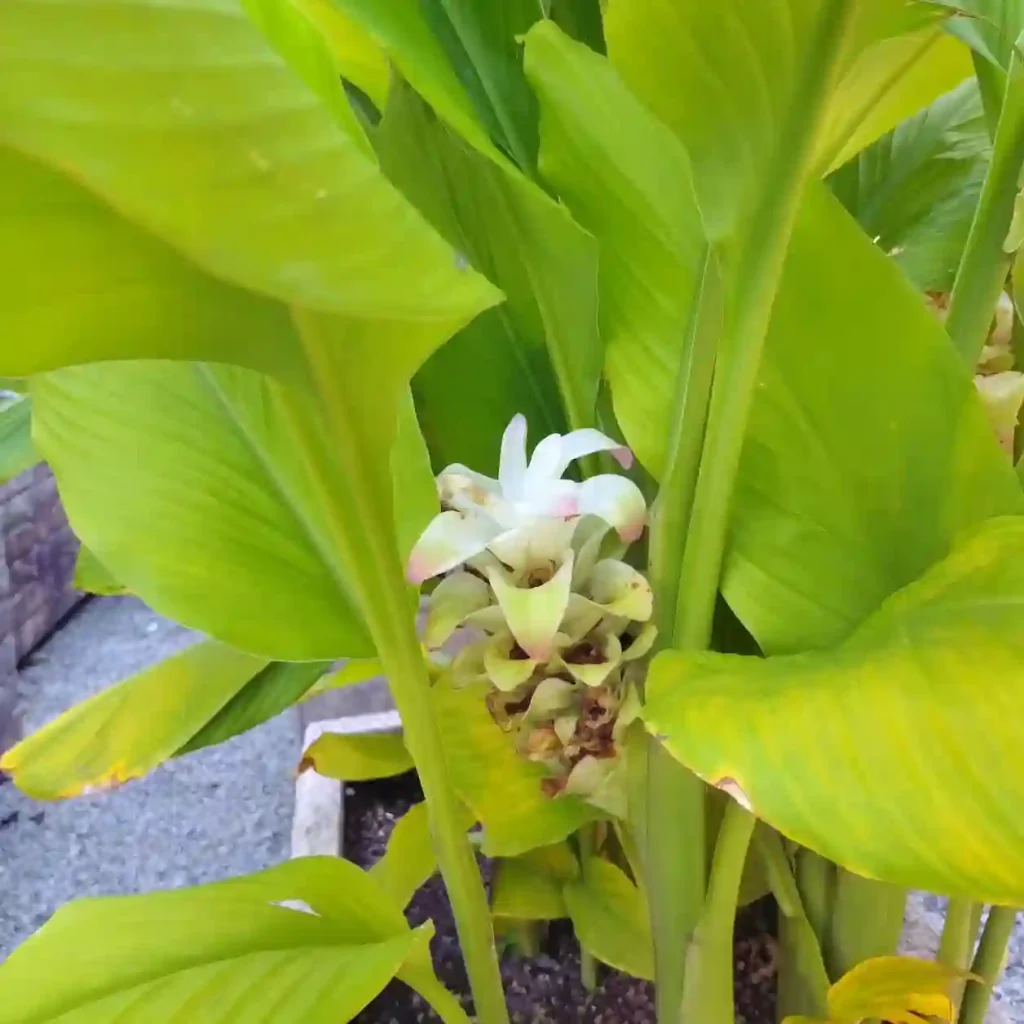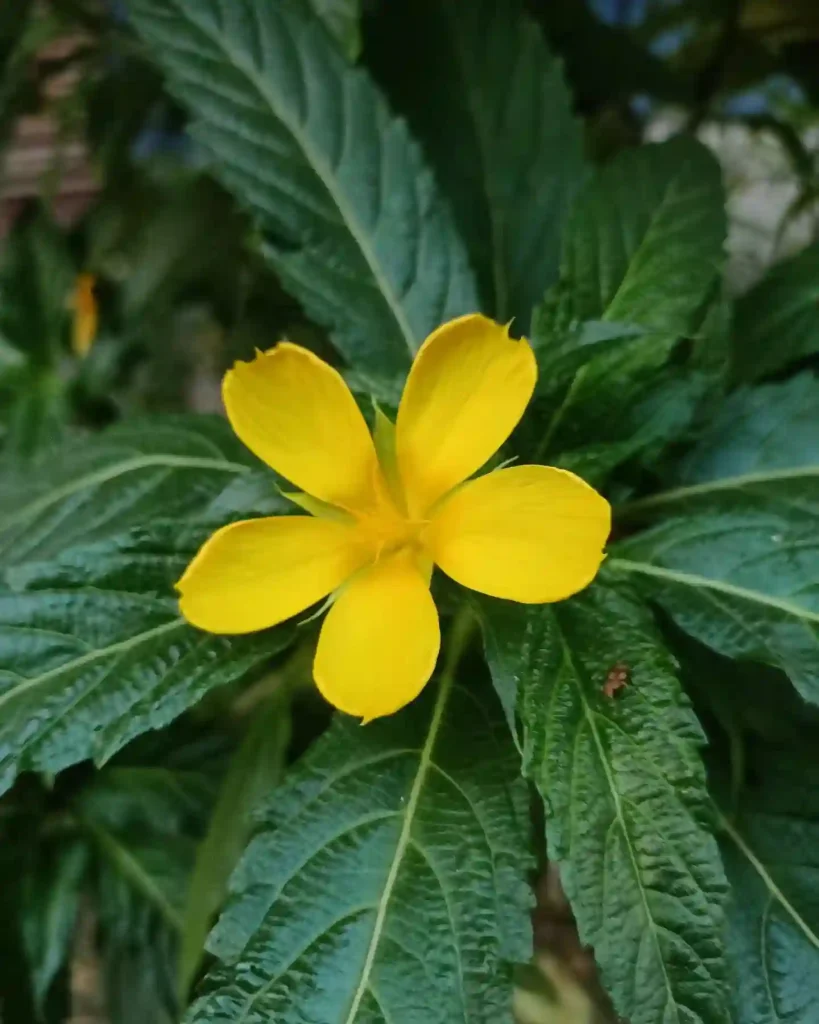
My Adventures with Chenopodium Album: A Weed or a Wonder?
As an avid gardener, I’m always on the lookout for interesting plants, even the ones some might call weeds. One such plant that’s piqued my curiosity is Chenopodium album, also known as lamb’s quarters, white goosefoot, or even fat hen. This fast-growing annual has a bit of a reputation – a weed in some places, a cultivated green in others. So, I decided to delve deeper and learn everything I could about Chenopodium album.
154 Species in Genus Chenopodium
Is Chenopodium Album Edible?
This was one of the first questions I had. After some research, I discovered that yes, Chenopodium album is indeed edible! The young leaves and shoots can be cooked and eaten similar to spinach or other leafy greens. They have a slightly earthy flavor that can be quite pleasant. However, there’s a big caveat: some Chenopodium species are highly poisonous, so proper identification is crucial before consuming.
Is Chenopodium Album Poisonous?
This is where things get tricky. While Chenopodium album itself is considered safe to eat, there are look-alike species that are quite toxic. One such example is Chenopodium ambrosioides, also known as Mexican tea. Ingesting this plant can cause serious health problems, so it’s essential to be able to tell the two apart.
How to Identify Chenopodium Album?
Here’s where things get interesting. Chenopodium album has a few key features that can help with identification. The leaves are typically triangular or lobed, with a whitish, mealy coating on the underside. The flowers are tiny and greenish, clustered in small spikes at the top of the stems. The overall plant has a dusty green appearance.
However, relying solely on appearance can be risky. A safer approach is to grow your own Chenopodium album from a reputable source, ensuring you know exactly what you’re dealing with.
How to Grow Chenopodium Album?
This is where the fun begins! Chenopodium album is a surprisingly easy plant to grow. It thrives in full sun and well-drained soil. You can sow seeds directly outdoors in early spring, after the danger of frost has passed. The seeds germinate readily and the plants grow quickly.
They don’t require much fuss, but regular watering is essential, especially during hot weather. Chenopodium album is also known for its tolerance of poor soil conditions.
How to Reduce Chenopodium Album?
While Chenopodium album can be a valuable addition to the garden, it can also become a bit of a weed if left unchecked. If you find yourself with an abundance of Chenopodium album, there are a few ways to manage it.
- Hand-pulling: This is the most straightforward method for small infestations. Simply pull up the plants before they have a chance to set seed.
- Mulching: A thick layer of mulch around your desired plants can help suppress the growth of Chenopodium album seedlings.
- Planting other crops closely together: This can help shade out Chenopodium album seedlings and prevent them from establishing themselves.
Do Monarch Butterflies Lay Eggs on Chenopodium Album?
This was a fascinating discovery! Monarch butterflies actually lay their eggs on Chenopodium album, as it’s a host plant for their caterpillars. If you’re looking to attract monarchs to your garden, consider letting a patch of Chenopodium album grow.
Additional Considerations: Companion Planting and Potential Uses
While researching Chenopodium album, I learned that it can be a beneficial companion plant for some vegetables. As it attracts leaf miners, it can act as a trap crop, drawing them away from your other prized plants.
Beyond its culinary uses, Chenopodium album has also been used medicinally in some cultures. However, it’s important to consult with a healthcare professional before using any plant for medicinal purposes.
Final Thoughts on Chenopodium Album
My adventures with Chenopodium album have been a journey of discovery. This versatile plant has the potential to be a delicious addition to the table, a beneficial companion plant in the garden, and even a food source for Monarch butterflies. However, caution is key – proper identification is crucial to avoid any potential health risks.
Whether you see Chenopodium album as a weed or a wonder depends on your perspective. With a little knowledge and care, this fascinating plant can be a valuable addition to your gardening experience.
If i die, water my plants!



